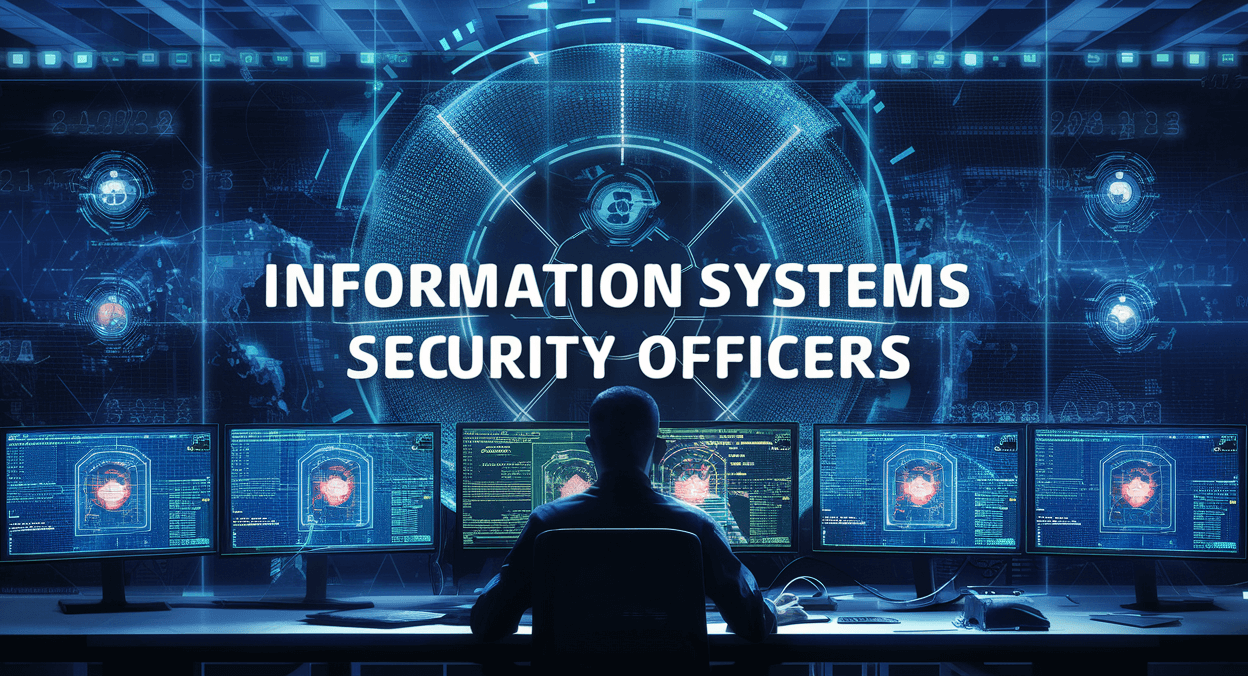Post covid era, professionals are more comfortable working from their remote workspace than travelling to offices. Employees opting for working remotely are a constant threat to organizations that fail to establish secure connections. Although this has numerous advantages for businesses, there are unique security risks that are completely different than those that occur in traditional office environments. This has made it crucial for businesses to set up advanced systems that are trustworthy and user-friendly to secure remote work access.
Jump ahead to
Why is it important to secure Remote Work Access?
All organizations have long been concerned about cyber risks. However, this has worsened due to poor, remote work practices, including employee networks, poor IT support, a lack of staff training, and more. As employees utilize remote workspaces, cybersecurity threats take on new forms and dimensions. It becomes more difficult for IT staff to monitor and safeguard emerging hazards, such as workers’ reliance on personal computers, routers, and other devices that might be infected with malware. The changing trend towards remote workspace also impacts many companies’ overall security protocols. Therefore, organizations should adhere to some best practices to secure remote work access and acquire skills to manage remote teams.

Tips to secure Remote Work Access
Set up a VPN
Virtual Private Network establishes a secure connection between the device and the internet, making it hard for anybody to track users’ online activities. Professionals using remote work access tend to connect using unprotected Wi-Fi, which is unsafe for data privacy. Enabling users to use VPN whenever they access a private network can help in securing their workspace. It also encrypts connections and offers access control for business networks, enabling remote access to resources that would otherwise be unreachable from offsite locations. Additionally, it secures the IP address from hackers and encrypts network communication.
Maintain software updates
It is crucial to apply security updates as soon as they become available since they fix one of the major security threats: flaws in the systems and applications. Software updates frequently contain significant security fixes that address system flaws and security gaps. It also includes new or improved features. They update the software’s reliability and eliminate outmoded features.
Use two-factor authentication
An effective technique to secure remote work access is to use two-factor authentication. Multi-factor authentication is a security measure that requires two or more verification factors, such as a passcode, token, or certificate, to get access to any resource and protect important applications, accounts, and data. In this method, users must submit two pieces of information before logging in. With this technique, passwords are insufficient to grant hackers access to the apps and accounts; they also require additional kinds of authentication.
Safeguard your communications
A business communicates with its consumers through a number of communication technologies, including voice and video calls, email, and instant messaging. These tools should provide safe communication between employees and customers to reduce security concerns. By using MFA, companies can ensure that no untrusted parties can use these tools, and SSO can make it easier for users to log in to different apps, which helps prevent employee password fatigue.
Make use of cloud storage
The simplest and most effective method for storing and protecting your data when working remotely is to use a cloud storage service, such as Google Drive, iDrive, iCloud, OneDrive, etc. users can access their files and folders anytime from any place by storing them in the cloud and creating backups for their private files. It encrypts all of the data to prevent unauthorized access to it.
Providing specific remote work devices
Employees should not use their personal devices for work purposes. This could pose as major threat that can pave way for data breaches. Instead, businesses can allow employees to access specialized equipment that can mitigate cybersecurity risk while working remotely. Corporate IT staff should be in charge of managing such devices to make sure they are regularly updated and do not have any extra software or data that may be a security risk.
Access to Zero-Trust Networks
VPNs used to be the standard for protecting remote access to on-premises apps. However, they are now commonly believed to degrade user experience as they can inhibit productivity and allow excessive access, which goes against zero-trust principles. Instead, organizations should use zero-trust network access to allow least-privileged access and offer further improved security measures.
Conclusion
Data security has become more crucial than ever with the increase in remote work. Employees that work remotely also need to use a wider variety of technologies, increasing the attack surface that hackers may be able to exploit. The aforementioned measures add an additional level of security to the remote working environment. Organizations may ensure the security of their data by applying them. Professionals who wish to learn more about cybersecurity can enroll in CISSP Certification Training. which assists individuals in mastering the latest skills, tools, and techniques involved in protecting information assets. Moreover, training gives professionals hands-on experience with the most recent techniques for protecting an organization’s digital data.



